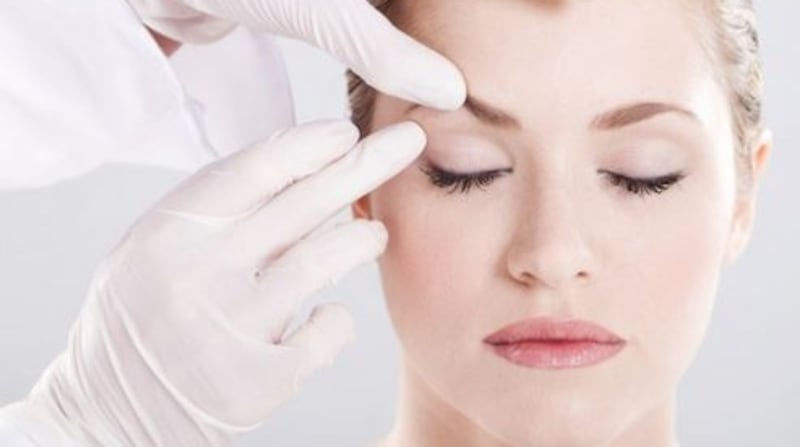Dozens of incidents involving Botox and dermal fillers have been reported to the State’s medical regulator in recent years, new figures show.
Details of the incidents have been provided by the Health Products Regulatory Authority to Minister for Health Simon Harris, who is mulling stricter regulations on cosmetic procedures.
According to the authority, it has begun 13 cases involving botulinum toxin-containing products since 2015, and it has also issued 12 warning letters relating to online activity.
Separately, the authority has received 12 incident reports relating to dermal fillers over the past decade. The reported events included pain, swelling, infection and inflammation, rash, blurred vision, haematoma and “pins and needles”.
The authority says the true number of incidents and cases is probably higher, as under-reporting is a factor in a sector where awareness of the need to report is low and mechanisms for reporting are not in place.
There is an opportunity now to introduce legislation restricing dermal fillers by, for example, making them available on prescription only, it says.

Mr Harris has asked his officials to see if there is a need to further regulate the sector amid growing evidence internationally that teenagers are accessing cosmetic treatments.
His department, which in 2014 imposed a ban on under-18s using sunbeds, is looking at whether a minimum age should be imposed on the use of certain cosmetic products.
Two approaches
Cosmetic procedures are currently regulated through a mix of professional regulation, applying to doctors and dentists supplying the procedures, and product regulation. Some products, such as medicines containing the botulinum toxin, are prescription-only, while others are treated as medical devices.
State agencies have been asked to provide information on inappropriate, unauthorised or illegal use of Botox by doctors, dentists or others
Botox, which is used to smooth wrinkles, has to be administered by a medical doctor, but dermal filler products are classified as medical devices and can be injected into the face by practitioners without a medical degree.
From next year products used for aesthetic purposes that do not fall within the definition of a cosmetic product or a medicine, including dermal fillers, may be classified as medical devices under new EU legislation.
As part of a consultation on the issue, State agencies have been asked to provide information on inappropriate, unauthorised or illegal use of Botox by doctors, dentists or others. Data is also being sought on incidents where patients who had dermal fillers or Botox subsequently required medical treatment, and on reports of the carrying out of cosmetic procedures outside the scope of practice of practitioners.
Under patient-safety legislation, being prepared by the department, public and private hospitals, and providers of high-risk healthcare activities – including some cosmetic procedures – taking place outside a hospital will require a licence to operate.
The Health Information and Quality Authority will be given wider powers to monitor private hospital and inspect the provision of cosmetic procedures and other services.









